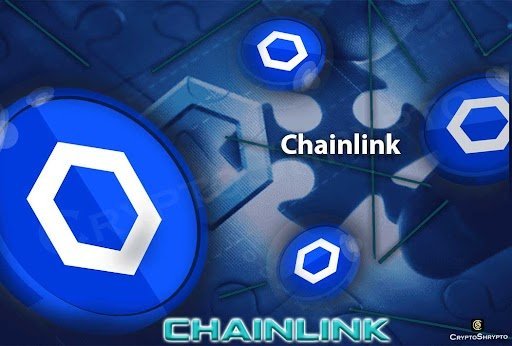On June 8, Chainlink, the most widely used oracle network, started a new era of sustainable growth and security—Chainlink Economics 2.0 begins with staking.
What is Staking?
Staking is a key part of Chainlink’s plan to add a new layer of crypto economic security by using crypto rewards and penalties to further encourage the network to work well.
What Chainlink Stakings do?
The main objective of Chainlink staking is to provide ecosystem users, such as node operators and community members, the ability to increase Oracle services’ security guarantees and user assurances by backing them with staked LINK tokens. Staking LINK improves nodes’ ability to receive jobs and generate related fees inside the Chainlink Network.
Based on this approach, Chainlink staking intends to expand into several versions, with the first v0.1 release planned for later this year.
The initial staking pool in v0.1 will be limited, with different allocations going to node operators, community members, and Oracle network coordinators. The pool will start with 25 million LINK tokens and increase to 75 million LINK tokens in the months after release, depending on demand.
Native token emissions directed towards stakers are intended to target a basic level of annual staking rewards of up to 5% in the initial release v0.1.




